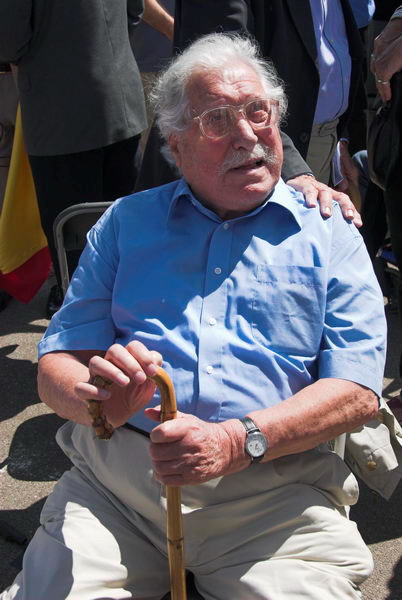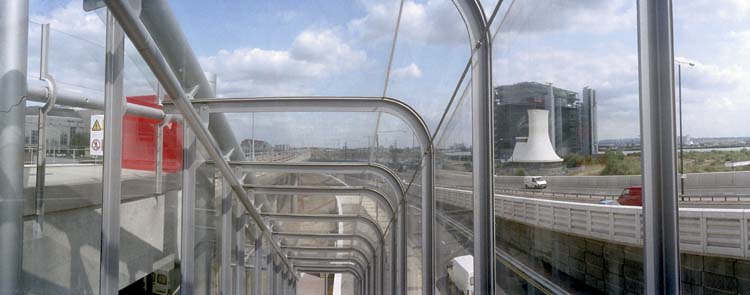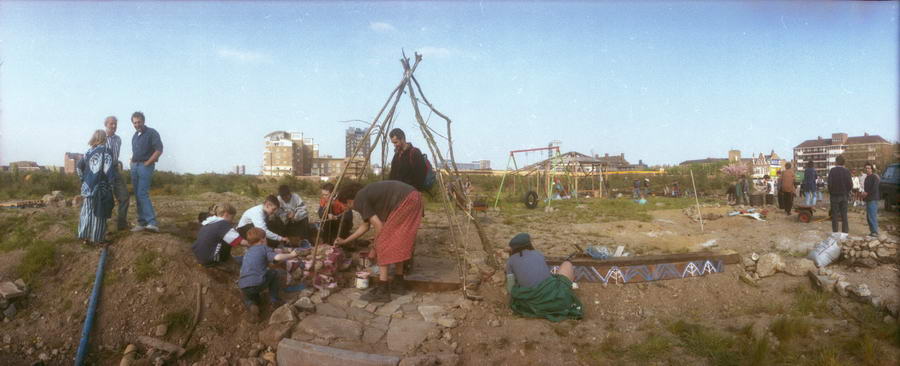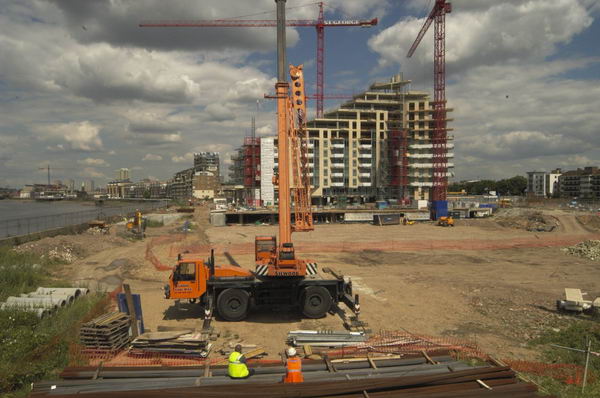Do we care if that picture of a falling soldier really does or doesn’t show the actual moment when a Republican fighter died for his cause? Whether it was taken during actual fighting, or during a training exercise, or when a soldier acting out an attack for the camera got into the sight of a distant sniper? What does seem clear if you look at the surviving images by Capa is that neither Phillip Knightly or Richard Whelan (link above) provided a believable solution to the enigma (see in particular comments #7 and #10 on the piece.)
The story seems to be one that will never come to an end – and you can read about the latest instalment in a feature, Wrong place, wrong man? Fresh doubts on Capa’s famed war photo, published in the Observer last Sunday. There is an audio slide show which takes a look at some of the evidence. Although I’d need to see rather more before making any judgement; in particular it’s a shame that the José Manuel Susperregui, whose book Sombras de la Fotografía gives the evidence, apparently didn’t take a rather better photograph, preferably in black and white and with suitable lighting, than the one shown.
Capa’s picture was I think captioned and published in his absence by Vu magazine in September 1936, and it may well have come as rather a shock to him when he first saw it on the magazine page, although the caption there was almost certainly deliberately vague, and it was Life the following year who made it into the legend of the Falling Soldier. He was – as his writings show – a great story-teller, and whatever the real story behind this image it would have been very hard to resist that provided in first publication.
Photojournalism is very much about telling stories, about giving our view of events, of finding ways to express what we feel about what we see; CCTV seldom provides great news images. The power and fascination of our medium is very much tied up in the relationship between reality and the image and also between our experience and how we relate it in images. Susan Sontag, quoted at the end of the audio clip, really oversimplifies to the point of irrelevance. (But that’s ‘On Photography‘ for you.)
But images, particularly ones as iconic as ‘Falling Soldier’ have their own lives. Although when made it was news, it soon became something else, a symbol, detached from the actual events (whatever they were) of its creation.
So while it was of vital import at the time the picture was made – and the public was almost certainly mislead at least to some extent – it is now frankly of academic interest. And of course this is a book by an academic, if one that seems rather more interesting than most such productions.



